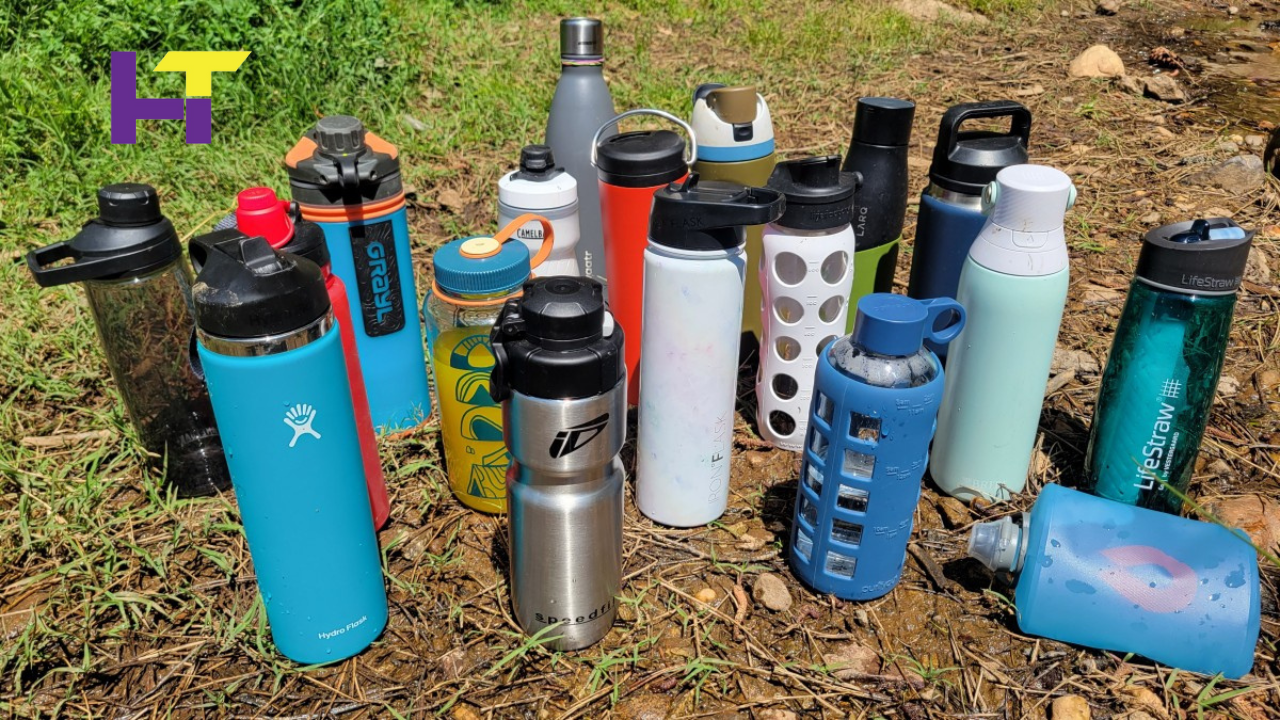14. Keeping Your Insulated Water Bottle Fresh and Functional: A Guide to Cleaning and Maintenance

Your insulated water bottle is a loyal companion, keeping your drinks refreshingly cold or piping hot for hours. But like any trusty sidekick, it needs proper care to function at its best and last for years. Here’s a detailed guide on cleaning and maintaining your insulated water bottle for a long and happy life together.
Cleaning Routine: Banishing Bacteria and Odors
Daily Rinse: After each use, rinse your bottle with warm water to remove any loose food particles or residue that could harbour bacteria or cause order.
Deep Clean with Dish Soap: Wash your bottle thoroughly with warm, soapy water and a gentle dish soap. A bottle brush is your best friend, reaching all the nooks and crannies inside the bottle. Pay particular attention to the lid and any crevices where grime might accumulate.
Vinegar Power: A vinegar soak can work wonders for stubborn stains or lingering odours. Fill your bottle with equal parts white vinegar and water, and let it sit for a few hours (or overnight for more challenging cases). Rinse thoroughly afterwards. Baking soda can also be used similarly – sprinkle some baking soda inside the bottle, add a little water to create a paste, and let it sit before rinsing.
Gentle Does It: Avoiding Harsh Treatments
Ditch the Dishwasher: While some insulated bottles may be dishwasher-safe, it’s generally recommended to hand-wash them. The high heat and harsh dishwasher detergents can damage the insulation layer, reducing your bottle’s temperature retention capabilities.
Always check the manufacturer’s instructions for specific care guidelines.
Scrub Softly: Avoid using abrasive sponges, scouring pads, or harsh chemicals on your bottle. These can scratch the stainless steel interior or exterior, affecting performance and aesthetics. Stick to soft sponges, cloths, and mild dish soap.
Drying Matters: Preventing Mold and Rust
Air Dry Completely: Leave your bottle open to air dry thoroughly after washing. Moisture trapped inside can lead to mould growth or, in severe cases, rust (especially for non-stainless steel bottles). You can also prop the water bottle upside down to ensure proper ventilation.
Lid Love: Don’t forget the lid! Wash the lid, gasket, and straw attachments thoroughly with soap and water. If possible, disassemble the lid and allow all parts to dry completely before reassembling.
General Maintenance Tips: Keeping Your Bottle in Top Shape
Avoid Extreme Temperatures: While insulated bottles are built to handle hot and cold beverages, it’s best to avoid leaving them in very hot cars or freezing temperatures for extended periods. This can potentially damage the insulation layer.
Gentle Handling: Be mindful of bumps and drops. Although insulated bottles are durable, severe impacts can cause dents or cracks, compromising their insulating properties and leak-proof abilities.
Store it Right: When not in use, store your bottle in a cool, dry place. Avoid leaving it in direct sunlight for extended periods.
Following these simple cleaning and maintenance tips, you can ensure your insulated water bottle stays fresh and functional and keeps your drinks at their perfect temperature for years. Remember, a little TLC goes a long way in extending the life of your reusable companion and promoting a more sustainable lifestyle.
Read More: How to Incorporate Mylar Blankets into Your Outdoor Adventure Gear.






